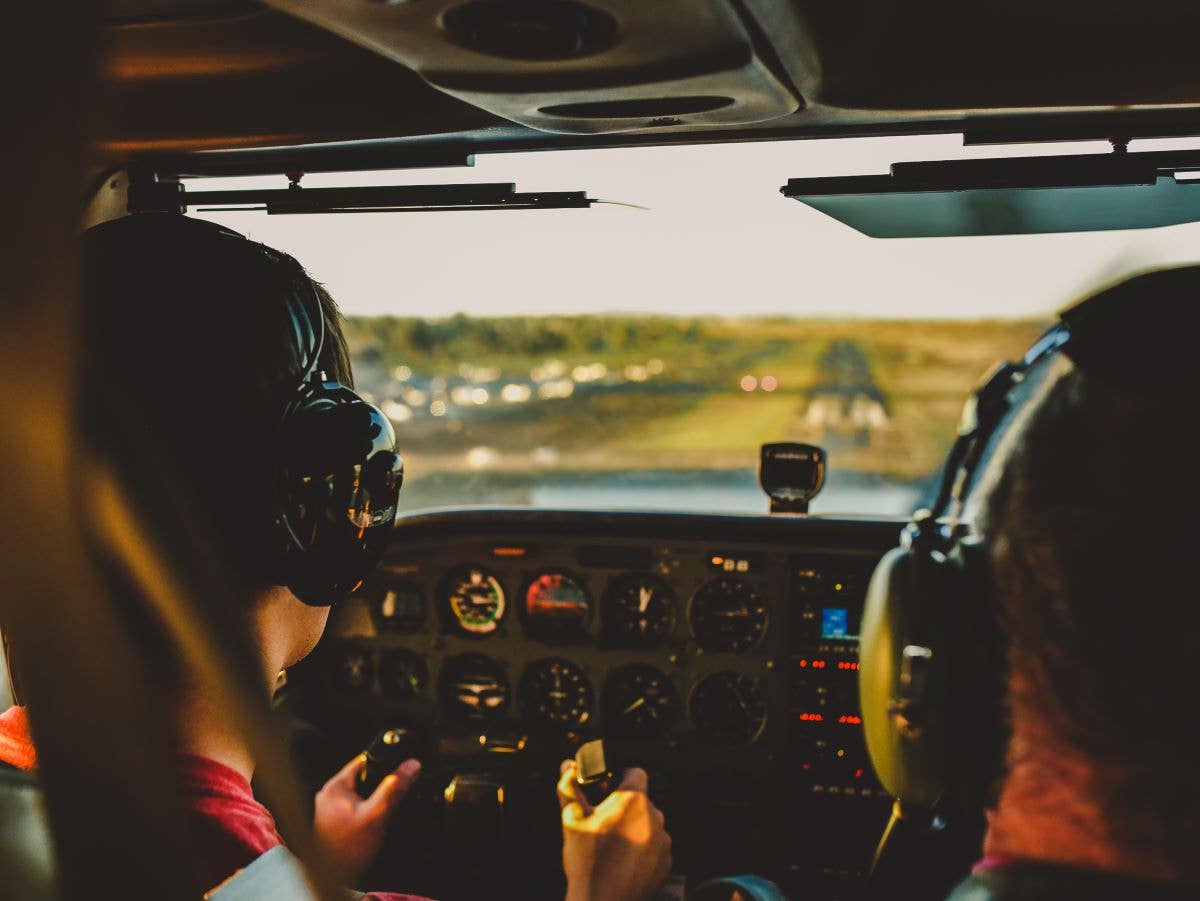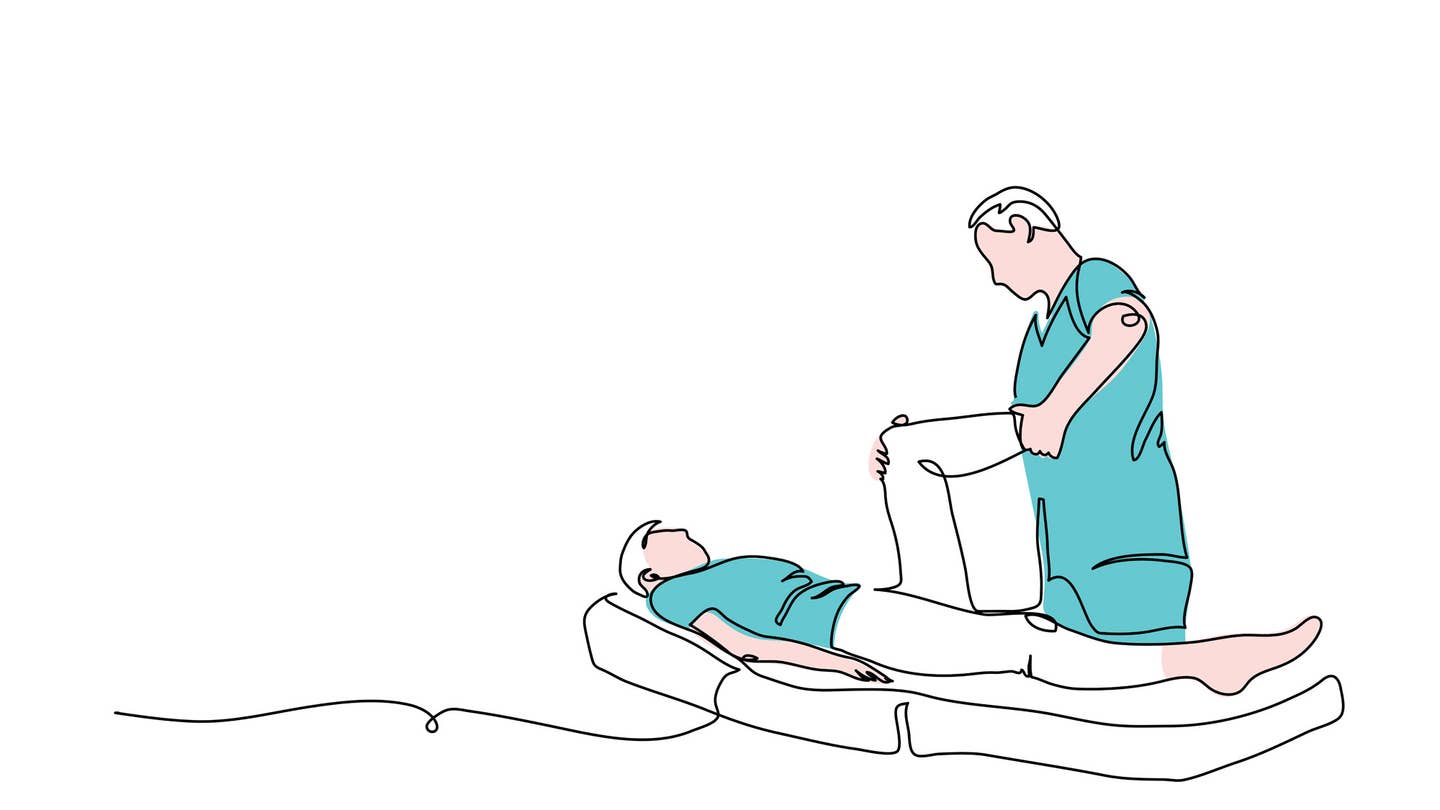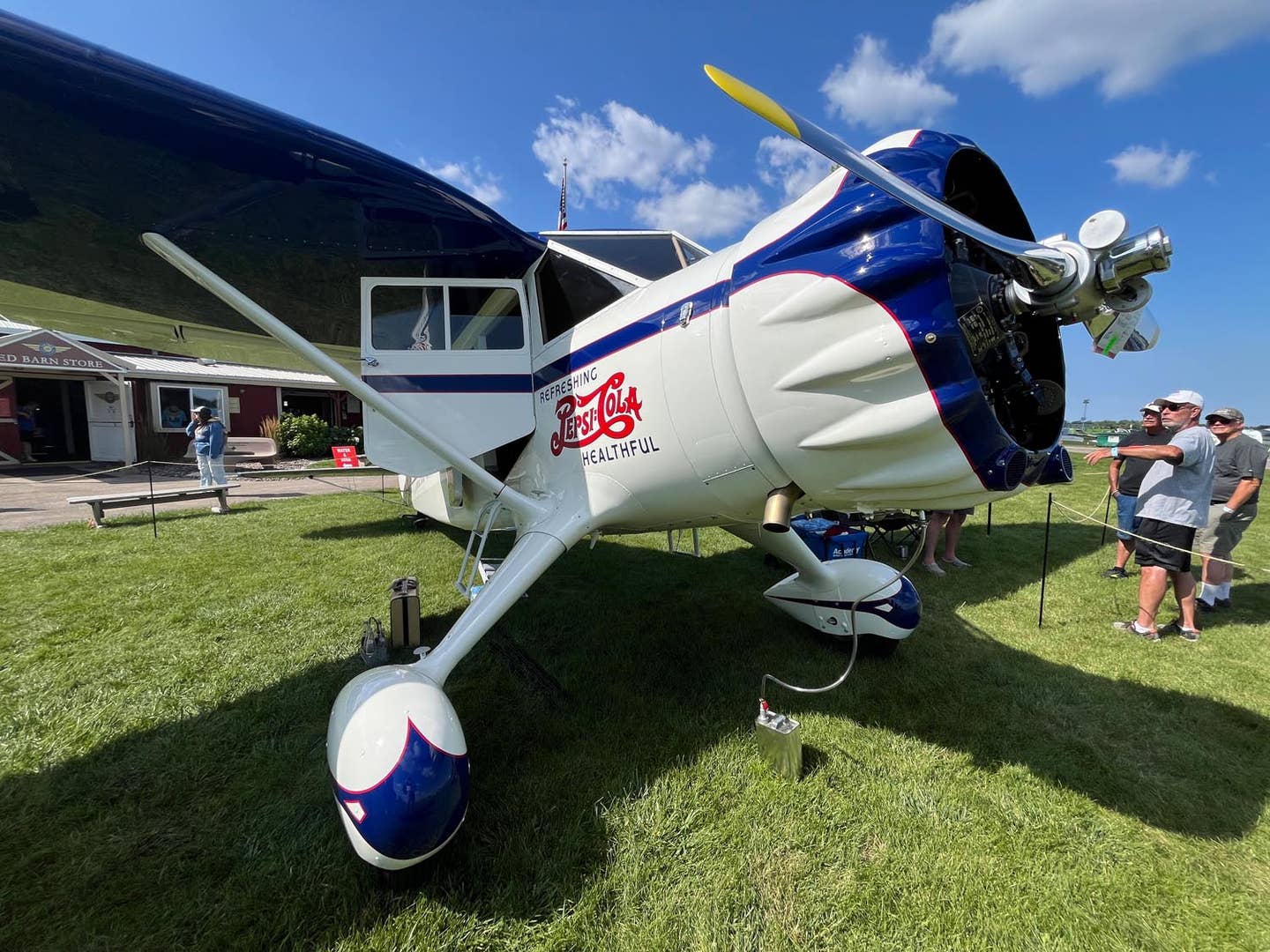When Are Pilots the Most Dangerous?
When are pilots the most dangerous? This is a topic of discussion at many flight schools and anytime you get a group of seasoned CFIs together. Based on anecdotal evidence,…

[shutterstock]
When are pilots the most dangerous? This is a topic of discussion at many flight schools and anytime you get a group of seasoned CFIs together. Based on anecdotal evidence, there appear to be a few times in their aviation careers where pilots might get a little too complacent, or too cocky and overconfident, resulting in an accident or incident.
50 Hours After Private Certification
An experienced CFI once told me: “They are at their sharpest when you sign them off.” I share this knowledge with my learners, and I caution them to work hard to maintain their skills. It is not uncommon for the private pilot—as they gain more hours and experience—to become more relaxed, and procedurally, they may start to get sloppy. It starts slowly. Maybe it’s forgetting to use the checklist during the preflight inspection or engine run-up. Or maybe it’s using the “look out the window” technique to check the weather.
For the pilots that don’t pursue additional certificates or fly on a regular basis, their skills and attention to detail may wane until just before their first flight review. That’s when they practice again with great intensity with the purpose to pass the review.
It can be alarming when they realize how much their skills and knowledge have degraded. I encourage these pilots to make a list of their soft spots and the things they want to work on and bring those to their flight review. You can’t fail a flight review, but you can practice things until both you and the CFI are satisfied you are flying to the level of your certificate.
Losing Your Landings
Sometimes working toward an additional certificate can create soft spots in other areas. For example, the learners’ procedural skills increase during their training for the instrument rating because they have to stay two steps ahead of the aircraft. However, their landings may suffer because most instrument approaches are practice approaches followed by missed approaches. You just don’t do as many landings for the instrument rating as you did for private pilot certification. Expect this, and take action to prevent it.
Set aside a few hours to focus on pattern work to keep from getting too rusty.
Failure to Practice Pilotage
If the pilot is enrolled in a Part 141 program, there is often a black hole where the learner needs to build hours to qualify for the commercial pilot certificate. The pilot often flies multiple cross-country flights usually to the same airports over and over again, often following the magenta line. Basic pilotage skills are lost. It can be especially challenging if the training organization limits where the learners fly to. When you fly to the same seven or eight airports, it is easy to see why some pilots burn out during this phase and start to zone out in the aircraft, often letting it arrive someplace well before their brain gets there.
Overconfidence Can Kill
Overconfidence can sneak up on any pilot. It often manifests as the “just because you can, doesn’t mean you should” syndrome, when a low-time, low-experience pilot tries to do something beyond their capabilities, like flying into the backcountry or doing a mountain crossing in an underpowered airplane. It can bite higher-time pilots as well, such as those with thousands of hours flying a turboprop or light twin who decide to attempt a cowboy maneuver like flying between buildings or doing a buzz job at an airport for sport.
Milestone Metrics
Reaching certain metrics, such as 500 or 1,000 hours, can also inspire a pilot to do something silly. If the majority of those hours are so-called junk hours—the same laps in the pattern at the same airport and no stretching of skills or practicing maneuvers or proficiency—they might as well not be in the logbook at all.
CFI Challenges
If the pilot is pursuing the flight instructor certificate, there will be a learning curve as they adjust to flying from the right seat. Once certification is acquired, their basic VFR skills may soften a bit because CFIs usually don’t do much of the flying beyond demonstration of a maneuver—especially landings. CFIs need to make time to stay proficient.
Many CFIs, unless they have their instructor-instrument rating, will find their instrument procedures get rusty as well. CFIs are required to have an instrument rating, but it is very common for instructors to have their instrument skills become soft because they don’t have the time—or money—to practice instrument procedures. Some flight schools try to thwart this by giving their CFIs an allowance for proficiency flights.
When a CFI-rated pilot reaches 750 hours, this appears to be a time when they take more chances, sometimes with poor results. Why? It is pure conjecture, but it might be because the pilot, if a time builder, is at the halfway point to the minimum hourly requirement for the airline transport pilot certificate.
Pretty much every flight school has a story about the 700-hour-ish pilot that ran out of fuel, flew VFR into IMC, and got themselves in a situation with a learner, or took an airplane without permission at night to get some more hours. And the list goes on.
Tedium
For those building their hours as instructors, the 1,000-hour mark can be dangerous.
Although you’re keeping busy, training and endorsing people for check rides, the road to 1,500 hours can seem very long, and it’s easy to get bored with teaching and burn out.
If you are a CFI and this is happening to you, please find a time-building program that is something other than teaching, because just going through the motions with learners isn’t fair to them—and might even be a little dangerous.
Editor's note: This story originally appeared on flyingmag.com.

Subscribe to Our Newsletter
Get the latest Plane & Pilot Magazine stories delivered directly to your inbox






